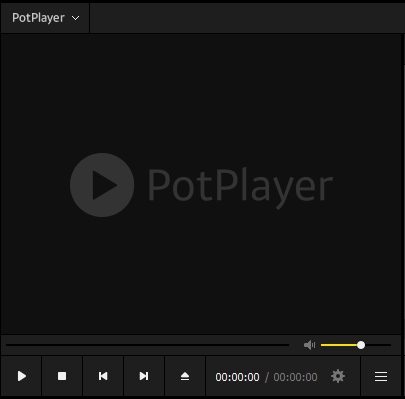Video formats are typically coded using either h.264, h.263, h.261, MPEG-4, or MPEG-2 for encoding video streams into digital files that are playable on specific devices. Some popular video formats include AVI, MOV, WMV, ASF, QT, MPG, and FLV.
Codecs are used to compress data by removing redundant information for easier transmission over bandwidth-limited channels or storage in limited media capacity devices like CDs, DVDs, and hard disks…
For instance, the popular mp4 is actually an MPEG-4 video format commonly associated with streaming media online and playing content on the iPod family of products.
The raw digital streams are sometimes encoded into separate audio tracks as well, called “audio profiles”, for easy playback across numerous devices. Other common video formats include AVI , MOV, WMV, ASF , QT, MPG and FLV.

The recommended Codecs by Nokia for Symbian S60 3rd edition mobile phones are AMR NB/WB, AAC+eAAC+, eAAC+, QCELP , EVRC, AMR-WB ,QCELP and LPCM through Nokia Multimedia Player.
For mobile phones supporting Symbian S60 2nd edition are GSM FR, QCELP , 12Khz Lizenz CureLicensed under the LGPLv3+ For video capture one can use camcorder profiles of MPEG4 encoding with AAC audio track at 22kHz mono channel.
For playback purposes it’s recommended to use 3GPP2 file format with MP4 codecs which support the playback of H263/H264 encoded files in accordance to specifications by Apple, Motorola, Nokia and Sony Ericsson.
Popular Types of Video File Types
- AVI – Audio Video Interleave file format – this is a container format that can hold different types of streams such as video, audio, subtitles, etc.
- MOV – Apple QuickTime Movie file – This format from Apple is used for transporting a variety of multimedia content files including videos and images. It has a rich structure that allows specifying meta-information about the video such as title, author, copyright, etc.
- WMV – Windows Media Video – This is a proprietary format from Microsoft that is used for storing and streaming videos. WMV supports playback on various devices like desktops and laptops and also portable devices like tablets and mobile phones.
- ASF (Advanced Systems Format) – This is a container format invented by Microsoft for storing multimedia files in compressed form with reduced file sizes. ASF files gained huge popularity among Windows users due to the ability of its codecs to playback video clips even when they’re offline. It uses VC-1 or WM9 codecs for encoding video contents while AC3, DTS or MP2 audio codec can be used along with it for creating multi-track audio files.
- QT – QuickTime Movie – This format came into existence when Apple released its first version of QuickTime multimedia player in the year 1991. Today, this format is being used by video clips published on major online video sharing websites like YouTube, Vimeo, etc. QT file supports most of the audio and video formats for playing multimedia content on both Mac and Windows operating systems.
- MPG (MPEG-1 or MPEG-2) – Moving Picture Experts Group File Format – it’s a container format that can hold different types of streams such as video, audio, subtitles, etc. MPG usually holds MPEG-1 compliant encodes while others are MPEG-2 which is an upgrade to the original MPEG standard released in the year 1992.
- FLV – Flash Video File Format – It is a container format that can hold different types of streams such as video, audio, subtitles, etc. FLV typically holds h.263 or h.264 encoded files which are widely used for capturing online streaming contents.
- TS – Transport Stream – It is a container intended for streaming purposes.




